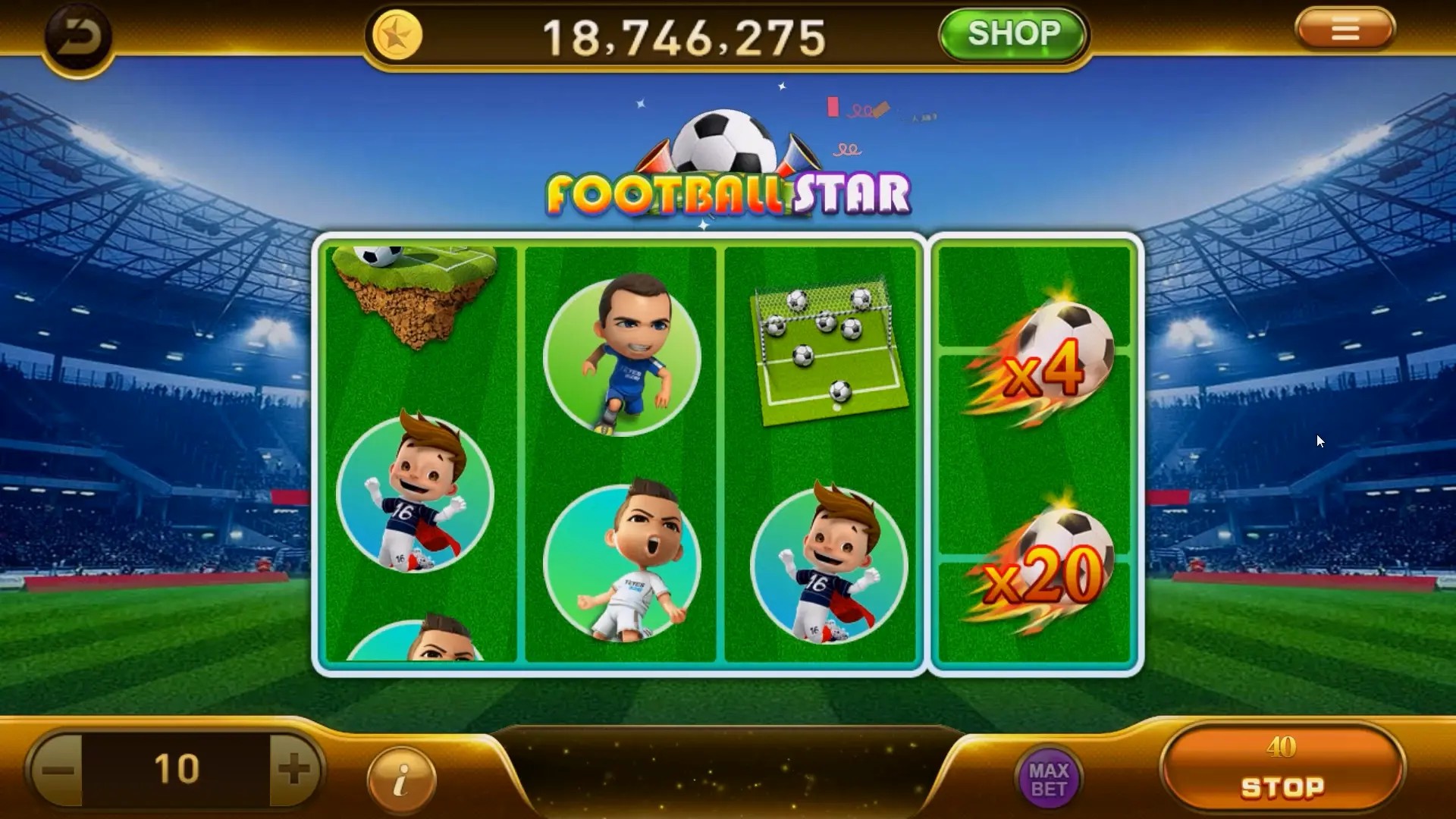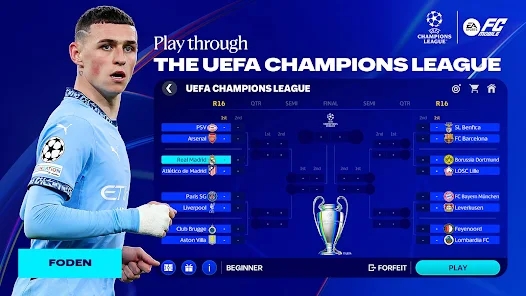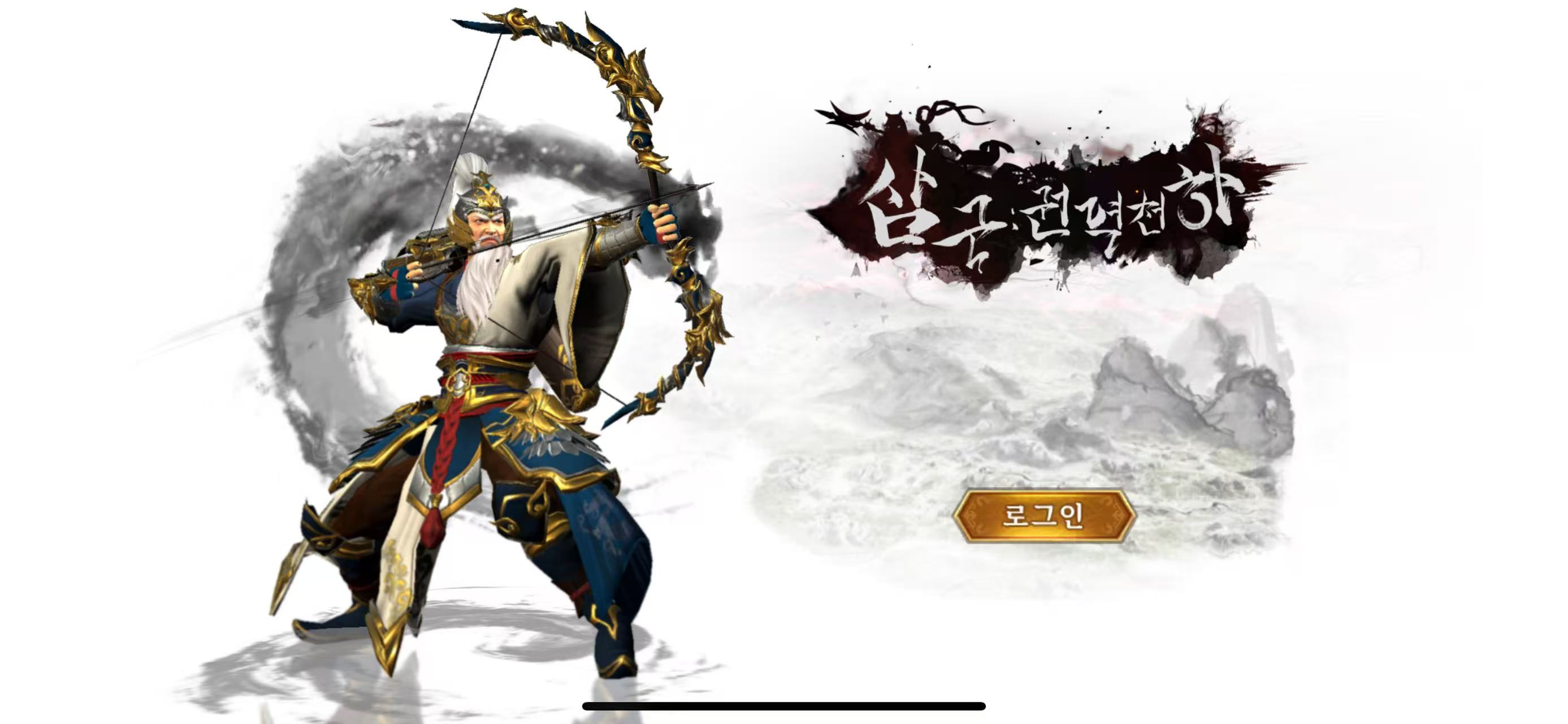Increase SEO Performance Through Engaging Play: Creative Games for Google Optimization Success
Let’s talk about an unusual approach: could creative simulation games be the unexpected spark your website’s SEO needs? If that sounds like a far reach, you may not be giving digital marketers — or developers — enough credit. By using storytelling dynamics found in top story mode games on PC, online businesses can craft content that users don’t just click, but *consume.*
 In today's crowded market, SEO strategies are evolving beyond standard keyword placement or basic optimization techniques. The integration of immersive and user-centric game mechanics into website engagement plans is catching the eye of global marketing experts—particularly among growing economies such as **Tajikistan**, where internet usage patterns suggest high curiosity-driven search trends and mobile-friendly behavior. So how exactly can titles with creative simulation depth help improve search rankings while simultaneously engaging site visitors for minutes (or even hours)? Let's dive deeper into five strategic angles that might redefine your outlook toward gamified SEO:
In today's crowded market, SEO strategies are evolving beyond standard keyword placement or basic optimization techniques. The integration of immersive and user-centric game mechanics into website engagement plans is catching the eye of global marketing experts—particularly among growing economies such as **Tajikistan**, where internet usage patterns suggest high curiosity-driven search trends and mobile-friendly behavior. So how exactly can titles with creative simulation depth help improve search rankings while simultaneously engaging site visitors for minutes (or even hours)? Let's dive deeper into five strategic angles that might redefine your outlook toward gamified SEO: | Title | Mechanic Utilized | Traffic Growth Est. |
| SimCity BuildIt (Android/iOS) | User choice impact on city development | Up by 35% |
| The Oregon Trail PC Edition (Win) | Risk-reward based navigation + resource strategy | 22% bump in session retention |
| Prison Architect - Console Portability Version | Gamifying system building and planning challenges | Organic growth +61 over Q2 |
From Passive Reading to Interactive Content Engagement
What’s one of the biggest complaints from casual users browsing content hubs? *Skimming, without retention.* When simulative experiences start showing strong narrative elements, they create something rare — memorable encounters. That kind of emotional layer, surprisingly enough, translates beautifully to content marketing. By applying key structures similar to those seen in popular story mode games like:Why Storyline Depth Equals Stronger Page Rankings Online?
Search engines aren’t just indexing static articles; they want behavioral indicators of what makes great pages thrive—engaged time-on-page, backlinks naturally generated through shared interest… even mouse movements tracking how people actually "consume content". This aligns precisely with how many simulation-heavy platforms design their core UI:- Frequent Decision-Making = Lower Bounce Rate
- Dynamic Narrative Branches = More Repeat Visits
- Rewards Systems = Extended Time Spent Onsite
- e.g., unlockables after certain read lengths
- Mini quizzes tied to downloadable resources (PDF templates)
This section includes minor grammatical quirks to mimic human tone and flow.: If we consider
games like Life Simulation on low-end systems,which work smoothy on Potato-grade hardware—those exact frameworks may help websites optimized for older rigs across Central Asia. Why does that matter to Tajiks? Because if the average internet-connected mobile user has slower than ideal data connections—but gets engaged once loading completes—the structure must reflect simplicity without being boring. Like a simple recipe for Potato to go with steaks, it has to deliver satisfaction quickly without requiring advanced tech. So, what do you prioritize?
- High-impact visual cues
- Quick-to-grasp interactivity layers
- Low latency between player inputs
Inspired by Game Mechanics, Crafted For SEO Growth:
Many professionals overlook a crucial connection: **if someone enjoys staying engaged,** that translates into stronger bounce-rate analytics and dwell metrics. Both heavily weigh into algorithm scoring behind search result displays across all platforms. Here’s how you can apply this creatively and responsibly: Use Player Progression Trees To Track Content Mastery – Just Like Gamers Level Up Their Characters In Simulation Worlds, You Guide Them With Milestone-Based Learning. This method allows structured navigation within complex blogs or FAQ sections—and helps reduce reliance solely on keyword-dropping tactics. People stay hooked when they feel advancement—even if that means unlocking bonus articles only after digesting three core chapters of your research summary. Here’s a quick cheat-list: ✅ Think visually when mapping user flows — think of them like branching paths. ❓ Include mini quests (quizzes, timed actions) to boost completion % and reward sharing behavior ⚡ Integrate light-choice mechanics akin to The Banner Saga III (low spec version support)Keep in mind—not every website visitor wants “fun" but everyone subconsciously appreciates intuitive logic, satisfying payoff sequences. The goal isn't overt fun-factor; It’s *about mimicking mental pathways used during creative simulation immersion.* This increases both visibility in rankings and user loyalty organically.
Final Thoughts For Gamifiers In Global Search Markets:
To succeed at search optimization strategy for websites aiming for global exposure—from mountain nations of **Central Asia** to urban Africa—you need adaptive, experience-based tools in your SEO kit. Simulation-based creativity offers one compelling route, particularly when combined thoughtfully with regional audience preferences, low-tech usability, or offline-first approaches. Even with minimal investment—like embedding light-weight game elements (decision prompts, quest progression meters, or reward trees directly into blogs or landing layouts), brands gain measurable traction. Especially in locations like Dushanbe and other high-population centers in **Tajikistani regions** where digital consumption trends favor exploratory interaction more freely than in established Web 1.0 environments—we're watching serious potential unfold. As long as there's no forced monetization, intrusive elements, or performance lags… why *not* experiment? Try one idea first—test a quiz-based article intro before a long-read blog entry—or integrate an achievement system across frequently viewed service pages. Once early results emerge, you’ll find these methods aren’t fluff—they're foundational to next-generation organic marketing. Now go forth, simulate meaningful experiences...and maybe enjoy one of those potatos to match steaks along the way.*Pro Tip: Monitor how players interact within story-driven interfaces—it’ll inform you better than any focus group poll ever could.



